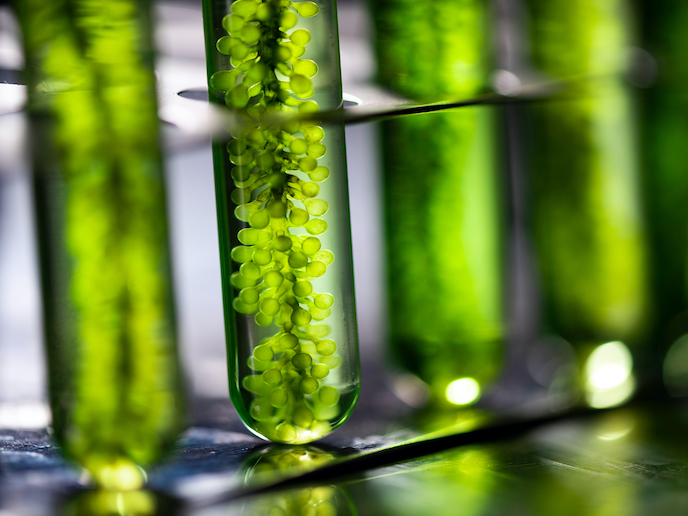Struvite precipitation from waste streams
Struvite is a crystal that can form naturally as part of industrial recovery processes such as anaerobic digestion. The crystal represents an appealing way to recover phosphorus, magnesium and nitrogen from these waste streams. The EU-funded 'Nutrient removal and value added product formation from wastes via struvite precipitation' (STRUVITE) project aimed to investigate whether the struvite precipitation technique could be applied to anaerobic digestion of agricultural and industrial waste. STRUVITE found that mixtures of poultry waste and sewage sludge decreased the effectiveness of struvite formation. An excess of magnesium also decreased the precipitation of the crystal. Researchers found that using an acid to dissolve the phosphorus resulted in improved struvite formation. This was particularly effective for recovering phosphorus if magnesium was added in an appropriate concentration. The project team concluded that using both liquid and solid effluent was the best approach for struvite precipitation from an anaerobic digester. This technology has the potential to render a major source of struvite-based fertiliser and at the same time provide sustainable mineral recovery from waste streams.







